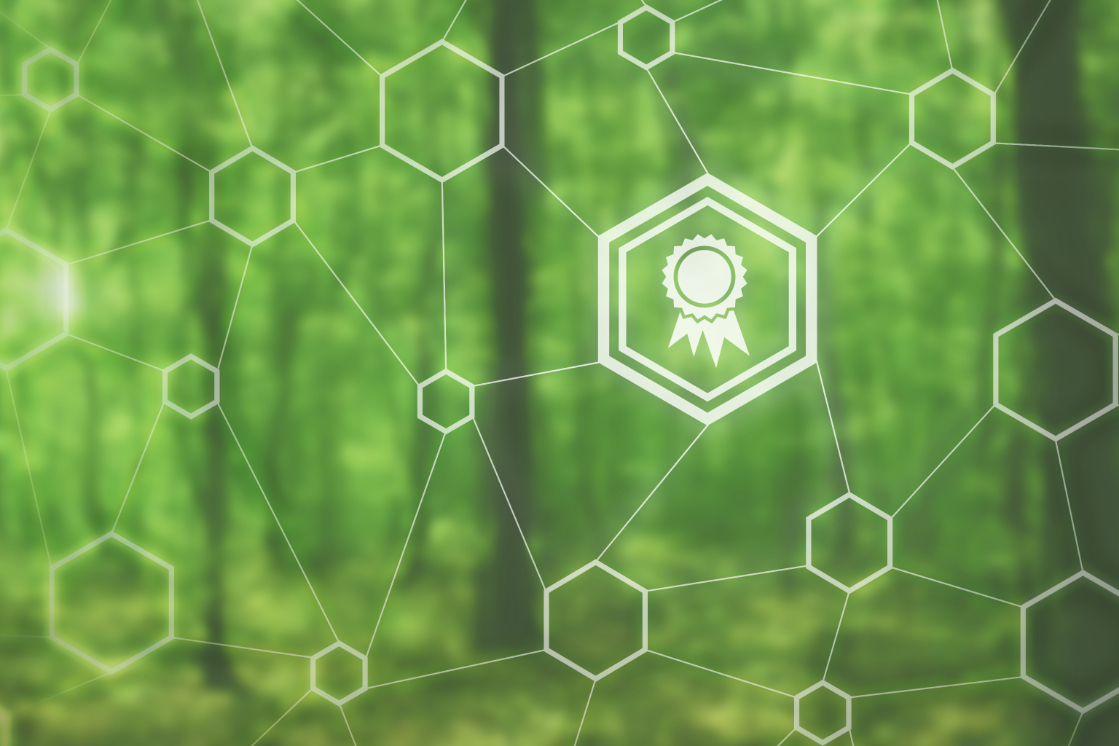Our certifications
Product labels
People in Central Europe spend an average of 80-90% of their time indoors. It is therefore not surprising that many building owners are focussing on healthy living. To fulfil this need, many of our floor coverings have been awarded certificates that prove they have been tested in this respect.
In the following, we would like to introduce you to some of the labels that our floor coverings offer. This is a selection and not the complete range, which covers all product groups.

Blue Angel
Germany's best-known non-food label is the Blue Angel - the German government's environmental label for over 45 years. It was founded by the Federal Ministry for the Environment, which continues to act as the label holder. It is awarded by RAL gGmbh. The label checks multiple and wide-ranging criteria: for example, the consumption of resources, water, soil, disposal and emissions are tested. The health-promoting aspect of the products is also taken into account. Products are always certified if they are less harmful to the environment than other products with equivalent usability.
The Blue Angel criteria catalogues set a wide range of requirements. As a rule, some substances are excluded from use in certified products, while strict limits apply to others. For materials made of wood, the origin is scrutinised.
Eco-INSTITUT label
The Eco-INSTITUT is one of the most renowned German laboratories for indoor analysis and offers one of the strictest tests with the most stringent criteria available on the market. The focus is on emissions, which are measured in a test chamber. In addition, compliance with legal requirements and the prohibition of certain ingredients are tested. An odour test is also included for some building and furnishing products, furniture, cleaning products, mattresses and bedding. In the case of tested products made of wood, depending on the material, attention is even paid to compliance with sustainable forestry.
Cradle to Cradle
The Cradle to Cradle NGO brings together climate and resource protection and implements innovative solutions for ecological, economic and social problems. The fundamental focus is on the circular economy of a product. The idea behind this is that, when designing a product, the developer already considers where its components will be at the end of its life cycle.
At a certain level, Cradle to Cradle-certified products must either be completely biodegradable - i.e. returnable to the biological cycle - or be returned to the technical cycle and taken back by the manufacturer. In this scenario, the manufacturer only sells its product for a previously agreed period and then takes it back for recycling. The manufacturer has an interest in using the best materials so that they can be recycled for as long as possible.
Indoor Air comfort
The Indoor Air comfort certificate is issued by the Eurofins laboratory. It tests VOC emissions, i.e. volatile substances that can have a negative impact on the indoor climate. The basis for certification is a combination of limit values from various certification programmes and requirements. The certification proves that all applicable European regulations regarding emissions are complied with. This is also verified by on-site audits - i.e. factory inspections.
GUT label
With its label, the Gemeinschaft umweltfreundlicher Teppichbodene.V. sets strict requirements for ingredients, product emissions and odour. The GUT criteria prohibit substances from various European regulations. Another feature is the reference to the EU Green Deal: the GUT label indicates that certified products comply with the requirements of the Green Claims Directive. Another special feature is the PRODIS(PRODuktInformationsSystem) product passport, which is issued for certified products.
Building certification
In addition to the common and well-known product labels, there is another category in the property sector: Green building certification systems. This is awarded for an entire building project (e.g. a school). The basis for building certification is formed by the respective criteria catalogues in which the requirements for the project can be found. These relate, for example, to the ecological or technical quality of the building. In detail, this means a wealth of criteria that cover both the local environment or the realisation of the project and - to a certain degree of detail - the materials used. This is the bridge to Jordan products. Although our products cannot be certified in detail, they can contribute to a better assessment of the building if they fulfil the respective criteria!

QNG seal
The " Sustainable BuildingQuality Seal" was initiated by the Federal Ministry of Housing, Urban Development and Building (BMWSB). It is therefore a state seal. The QNG seal can be awarded to new buildings and residential and non-residential buildings that are up to one year old. In order to obtain certification via the QNG seal, various bodies check the QNG criteria.
The "Quality Seal for Sustainable Buildings" was launched to boost sustainable new construction. The programme has been in place since 01.03.2023 and has been successful: in 2023, 18,000 applications for funding for 46,000 residential units were supported. The state subsidy totalled 1.98 billion and was renewed for this year.
QNG-compliant JOKA products not only bring added value in terms of state subsidies - they are also healthy to live in and improve indoor air quality.
DGNB
The German Sustainable Building Councilis an NGO and has developed criteria catalogues for different types of projects. These have up to 37 criteria with which the building can achieve bronze, silver, gold or platinum certification , depending on the number of points achieved. DGNB certifications are mainly carried out in the property sector.
The criteria relevant to building products place strict requirements on proof of healthy living - for example, proof of emissions (VOC) and ingredients (hazardous substances/SVHC according to REACH). In addition, proof of sustainable forestry is required for at least 50% of the permanently installed building materials made from renewable raw materials.